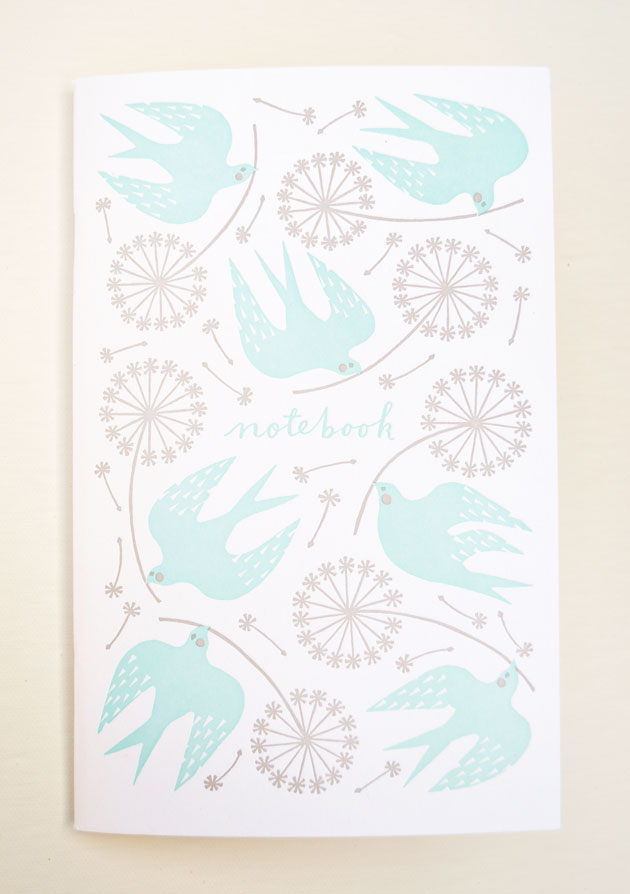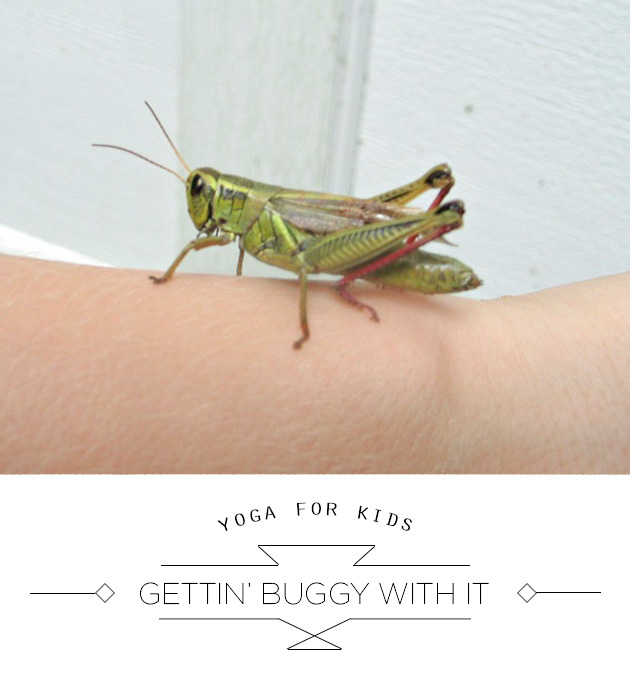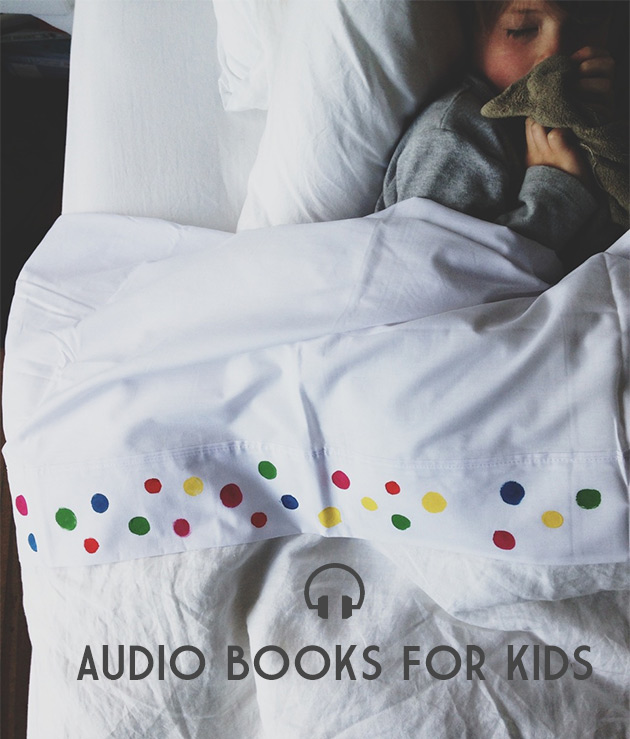A Booklist for Young Scientists

At the moment my eldest son (aged 6) is so enthusiastically engaged in Science. He wants to read and watch and explore anything and everything science related.
Be it information about volcanoes, watching episodes about the Mariana Trench on You Tube, or devouring new concepts on the adorable free app Brain Pop. Watching the daily movie on Brain Pop has become a morning ritual while we prepare breakfast. If you asked me not that long ago if I allow my son to use the iPad before school, I certainly would have said no, but this app is beyond any information I could share with my son. As this morning activity go on, we have had discussions about building dams, both natural and man made, food chains, bullying, and the list goes on.
I have over the past few years been curating a collection of beautiful books both fiction and nonfiction for our home library.
There are a few topics which I can not keep up with so it is wonderful to have a local library which also stocks some wonderful titles.
Below are a few titles worth seeking if you have a little science child in your home needing provocations to continue to open their mind and to encourage the asking of questions.
1. Tiny The Invisible World of Microbes by Nicola Davies and Illustrated by Emily Sutton
2. A First Book of Nature by Nicola Davies. Actually put any book by the clever and creative Nicola Davies on your wishlist. Her books are insightful and thought provoking. She teaches children through her clever use of multimodal literacy, therefore leading to further discussion and more trips to the library.
3. The Real Wonders of the World by Lonely Planet. A perfect conversation starter. We love its bold colours and graphic novel styled presentation.
4. 30 Second Astronomy by Francois Fressin. This book is part of a larger collection covering topics such as the brain, philosophy, and economics. This one about astronomy is perfect for my night gazer.
5. The Amazing A to Z Thing by Bronwyn Bancroft. An alphabet book with a beautiful twist. It tells the story of an anteaters adventure though the bush talking to the different animals he encounters.
6. The Magic School Bus Series by J Cole. The unearthing of facts as the class heads off on another wild adventure with Frizz are engaging and my son has learned so much along the way.
7. The Body Book by J Maizels. This is a book which has been in our home for many years and it is perfect. Each time we open the cover new questions fall from their mouths and I gear up for a discussion about taste, babies, stomachs, or eyes. A wonderful conversation starter and perfectly multimodal with moving components.
Enjoy!


































